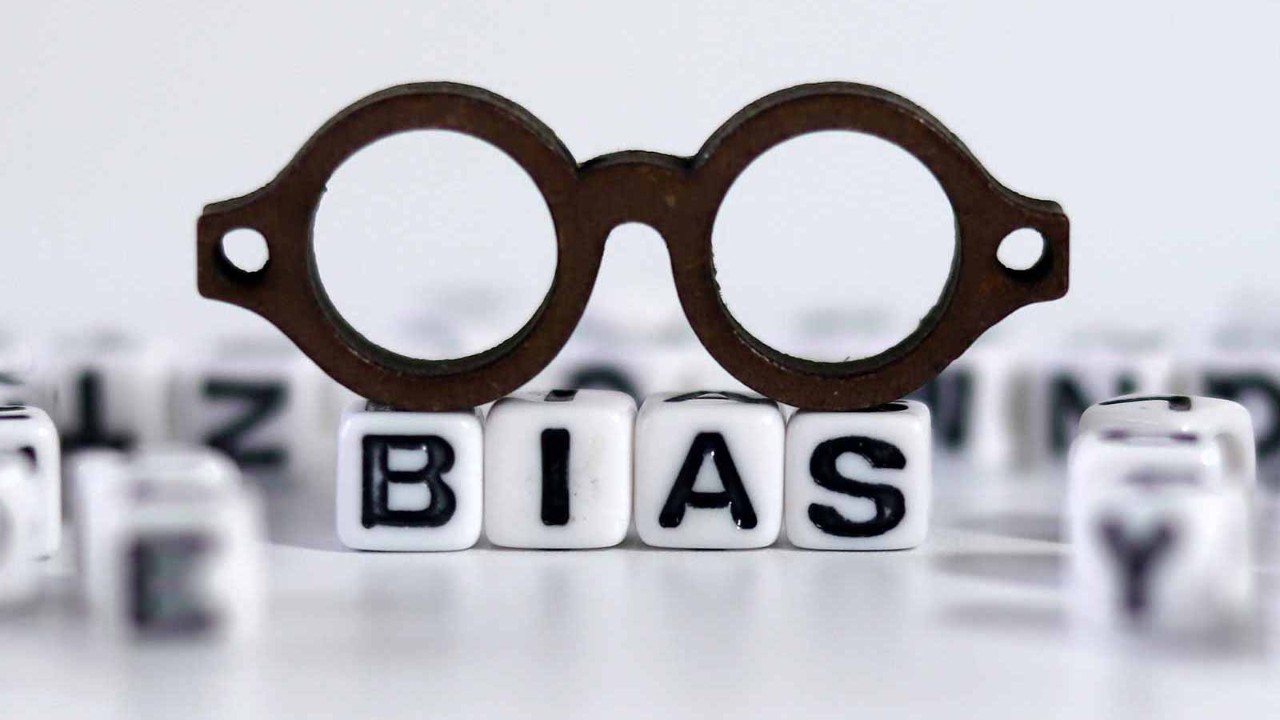
Auditors are expected to display a level of professional scepticism in their work. It is a seemingly straightforward phrase, but the practical reality is rather more complex.
Scepticism, like wealth, means different things to different people. How can scepticism be measured or monitored? And is there such a thing as too much scepticism – on the basis that the more sceptical an auditor, the longer an audit is likely to take?
In 2017, an ACCA research report, Banishing bias? Audit, objectivity and the value of professional scepticism, looked at how cognitive bias may influence auditors and other stakeholders in exercising professional scepticism. In their latest follow-up report on the topic, ACCA and the Hellenic Accounting and Auditing Standards Oversight Board look at the practical application of professional scepticism by detailing the results of their inspection findings carried out in Greece.
Firms now have an opportunity to enhance their methodologies and their overall culture
Professional scepticism and cognitive biases in audit examines how recognising the influence of cognitive bias could have resulted in a more robust exercise of professional scepticism in a range of examples based on its inspection findings.
Since the 2017 report was published, there have been several international developments around the application of professional scepticism, which the report outlines – see panel.
Recent progress
The latest report describes these developments as ‘a significant step forward in addressing issues relating to the exercise of professional scepticism at an appropriate level’. Audit firms, it adds, ‘have an opportunity via these revisions to enhance their methodologies and their overall culture, recognising the existence of cognitive biases and developing the necessary training for their staff’.
The report includes discussion of three examples, based on the research team’s observations during its work in Greece. One involves the financial statements of a company under audit that included a goodwill figure of €2m, the result of an acquisition of a subsidiary company. In the year under audit, the company’s management had carried out a valuation exercise of the subsidiary company using the discounted cashflow (DCF) method.
Many factors, including fear of losing the audit engagement, could contribute to a lack of scepticism
The engagement partner, says the report, ‘demonstrated the exercise of an appropriate level of professional scepticism and judgment in deciding to use an expert to assess the application of the DCF method’.
The expert’s report found that management’s assumptions seemed optimistic, with the result that the margin for impairment was dependent on whether the subsidiary would achieve the projected revenue targets.
Developments in the application of scepticism
- Revisions by the International Ethics Standards Board for Accountants (IESBA) to its Code of Ethics, which particularly relate to the influence of cognitive biases. Its Conceptual Framework also recognises that ‘conscious or unconscious bias affects the exercise of professional judgment when identifying, evaluating and addressing threats to compliance with the fundamental principles’.
- The International Auditing and Assurance Standards Board (IAASB) has approved recommendations that relate to professional scepticism. ISA 220, for example, explicitly recognises the existence of unconscious bios that could impair the exercise of professional judgment by an engagement team and lists a range of impediments to the exercise of professional judgment, including difficulty in obtaining access to records or key people.
- The IAASB’s International Standard on Quality Management 1 (ISQM 1), designed to strengthen firms’ systems of quality management, comes into effect in December 2022.
- The UK Financial Reporting Council has acted on a recommendation in the Brydon report of 2019 and issued guidance on the use of professional judgement by auditors, the first of its kind in the world.
The engagement partner subsequently assessed management’s estimates of the subsidiary’s revenue growth as reasonable, based mainly on the sign-off of a significant contract between the subsidiary and an existing customer.
The research team argued that further evidence should have been sought after the year end, which would have confirmed or contradicted management’s assertions based on whether the projected revenue had actually materialised.
Multiple biases
This example, says the report, includes evidence of several forms of bias. Overconfidence bias and authority bias were both mitigated to a large extent by the actions of the auditors (by asking for expert input), but confidence bias was not mitigated (because post balance sheet events were not taken into account). There was also evidence of anchoring bias – the tendency to use an initial piece of information as an anchor against which subsequent information is inadequately assessed.
See examples of bias in the panel.
The report includes several recommendations for auditors and audit firms:
- Choosing the right resources is vital to achieving high-quality audits. The report adds that the necessary change can be brought about through implementation of ISQM 1 and ISA 220 (Revised). Read the AB guidance.
- Firms should take steps to recognise the different types of bias outlined in the standards published by the International Auditing and Assurance Standards Board (IAASB) and the International Ethics Standards Board for Accountants (IESBA), and foster a culture that recognises and mitigates the risks of these biases. The implementation of ISQMs, it adds, provides ‘a great opportunity’ for firms to make a cultural shift.
- It is critical to recognise the importance that authority bias can play in the audit and assurance process, given the extensive use of experts.
- Cognitive bias should not be considered the sole cause of poor results or used as an excuse. Many other factors, including fear of losing the audit engagement, could contribute to a lack of professional scepticism.
IESBA’s examples of potential bias
- Anchoring bias – a tendency to use an initial piece of information as an anchor against which subsequent information is inadequately assessed.
- Groupthink – a tendency for a group of individuals to discourage individual creativity and responsibility and, as a result, reach a decision without critical reasoning or consideration of alternatives.
- Automation bias – a tendency to favour output generated from automated systems, even when human reasoning or contradictory information raises questions as to whether such output is reliable or fit for purpose.
- Overconfidence bias – a tendency to overestimate one’s own ability to make accurate assessments of risk or other judgments or decisions.
- Availability bias – a tendency to place more weight on events or experiences that immediately come to mind or are readily available than on those that are not.
- Representation bias – a tendency to base an understanding on a pattern of experiences, events or beliefs that is assumed to be representative.
- Confirmation bias – a tendency to place more weight on information that corroborates an existing belief than information that contradicts or casts doubt on that belief.
- Selective perception – a tendency for a person’s expectations to influence how the person views a particular matter or person.


